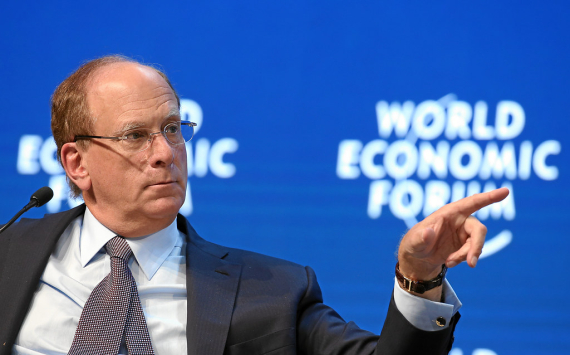
US jobs below expectations
The US economy added a record low number of new jobs outside agriculture in September since the start of 2021, with the unemployment rate falling to 4.8%. Here's what analysts think about the impact of the Delta strain and the Fed's upcoming moves at its November meeting.
Hiring of new labour in the US slowed strongly in September, to the lowest since early 2021. Market analysts attributed the figures to fears of a dangerous Delta strain, which has deterred more workers from re-entering the labour market.
The number of new non-farm jobs in September was 194,000, against analysts' expectations of 500,000 and well below the addition of 366,000 new jobs in August.
Hiring data for July and August were revised up: by 38,000 to 1.091 million and by 131,000 to 366,000 respectively.
Most of the job growth was in leisure, hospitality businesses (74,000), professional, business services (60 000), retail trade (56,000), transportation, and warehousing (47,000). The decline in public school employment over the month resulted in a 161,000. Also, 18,000 decrease in the number of new health care jobs.
The US unemployment rate in September continued to fall to 4.8% against a forecast of 5.1%, and 5.2% in August. Average hourly earnings rose at a faster rate in September, up 0.6% from August and 4.6% from a year ago. This was the fastest rate since February. Wages and salaries rose as employers increased wages and incentives amid high staff shortages and growing vacancies ahead of the festive season and heightened demand.
How the Fed will react to this
For market participants, the September jobs report serves as a key indicator of the timing of monetary policy changes by the Federal Reserve. Fed officials had previously suggested that the economy had already met the central bank's inflation targets and that the only obstacle yet to be overcome was the labour market. Last month Fed Chairman Jerome Powell suggested that a "decent" jobs report for September would be enough to suggest that the economy has improved enough to no longer need the extraordinary support of Fed monetary policy.
The Fed has already indicated that it expects to start reducing its asset purchase programme during the crisis by the end of the year or slow the pace of purchases of mortgage-backed securities and treasuries from the current level of $120bn a month.









































